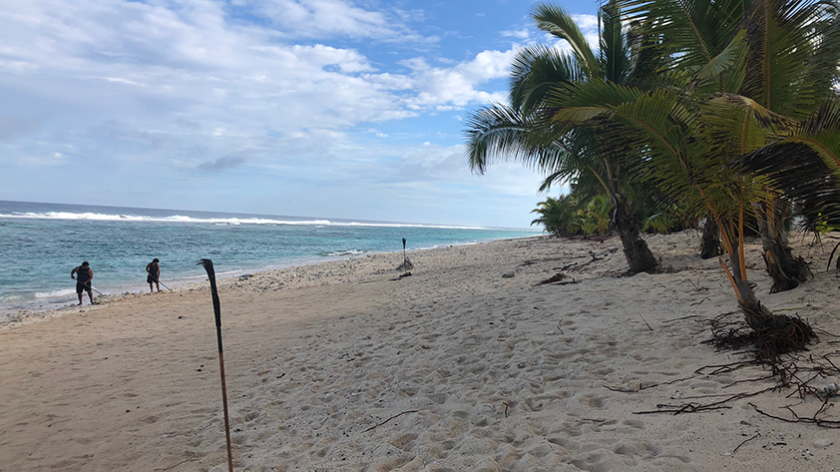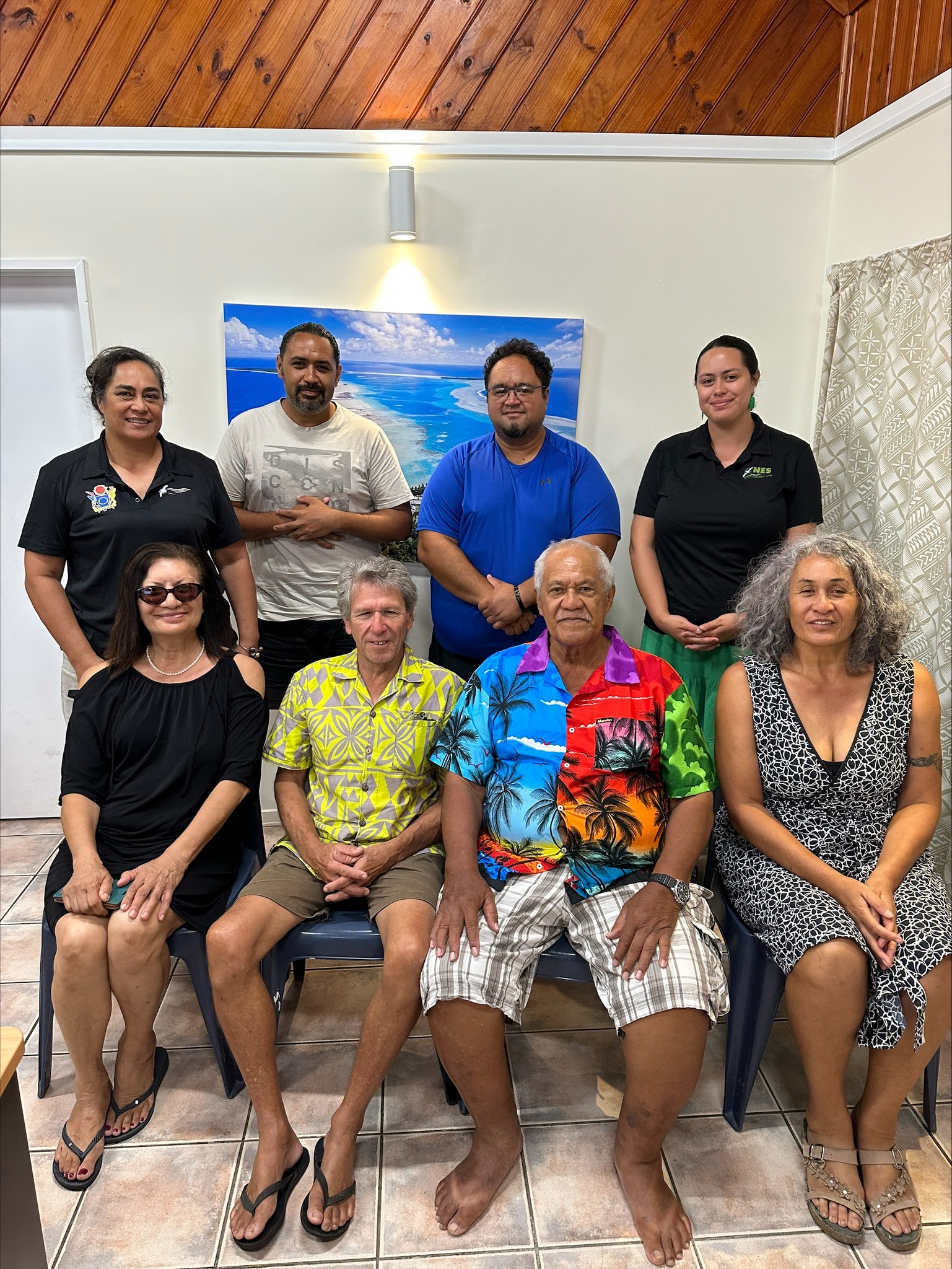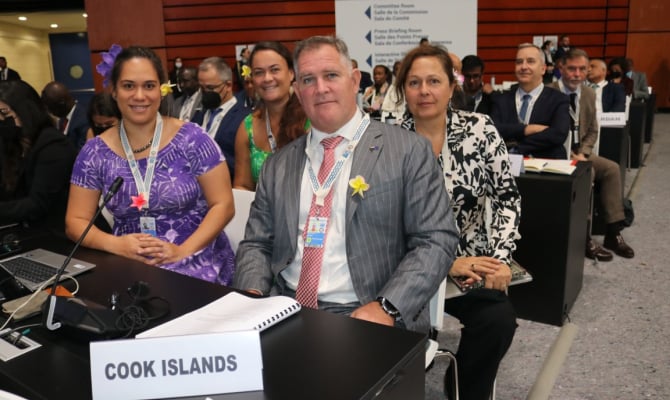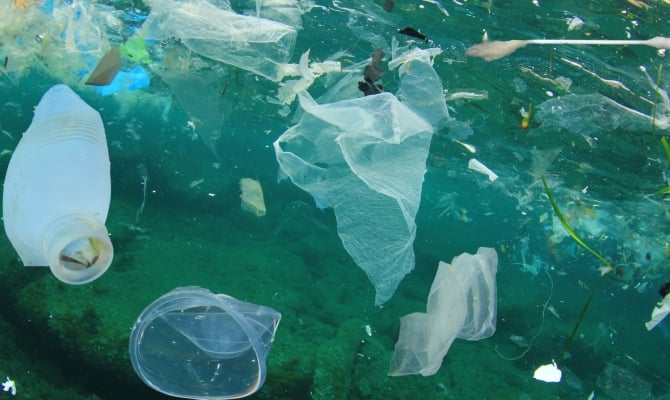A new project to safeguard the unique ecosystems in the Cook Islands that are imperiled by human activities and the impacts of climate change
Despite its tiny landmass, the Cook Islands is responsible for a huge swathe of the ocean and is home to many unique – and uniquely threatened – species of flora and fauna.
As such, the South Pacific nation of 15 islands and atolls can play an outsized role in protecting globally important biodiversity.
With its extensive rainforests and coral reefs, the archipelago has been hailed for centuries as one of the most idyllic places on Earth. But its fragile ecosystems, which shelter thousands of native and migratory animals and birds, are now imperiled by human activities and the impact of climate change.
To help counterbalance these dangers, a newly approved project with the United Nations Development Programme (UNDP) and funded by the Global Environment Facility will work to shore up environmental protections in this small but important corner of the world.
The total terrestrial area of the Cook Islands is just 240 square kilometers. But because its constituent islands and atolls are dotted over a wide area of ocean, the country controls an exclusive economic zone of some 1.9 million square kilometers.
While the Cook Islands lies within the Polynesia-Micronesia Biodiversity Hotspot, a region of 4,500 islands with unique and threatened habitats, it is in itself important to global biodiversity. The Cook Islands Moist Tropical Forest ecoregion is listed among the WWF’s Global 200, a roster of 238 biomes considered global conservation priorities.
On Rarotonga, the largest of the islands and the home of the majority of Cook Islanders, most lowland forests have already been converted to human use, while the primary montane rain and cloud forests on the upper slopes are deemed critically endangered.
Eight species of range-restricted birds, six of which are endemic and rated endangered or vulnerable, live on the Southern Cook Islands. The island chain lies along the West Pacific Flyway of Migratory Birds and is a stop for many species listed in the appendix of the Convention of Migratory Species, to which the Cook Islands is a party.
The history and culture of the islands is steeped in respect for the environment. The Polynesian tradition of ra’ui, an ancient system of ecological management where certain sites are closed off for a period to allow fish and animal populations to recover, was revived in 1998 under the oversight of the country’s traditional leaders.
Various other forms of Locally Managed Areas that exist without formal status have made a difference to conservation.
The private Takitumu Conservation Area, set up by three landowners in 1996, was instrumental in pulling the Rarotonga flycatcher back from the brink of extinction. The population, which numbered just 29 in 1989, has risen to 600 today, making the initiative the most successful national example of species conservation and community conservation area management. Takitumu is also the primary remaining habitat for two other endemic birds on the International Union for the Conservation of Nature’s (IUCN) Red List: the Rarotonga starling and the Cook Islands fruit dove.
In 2003, the Natural Heritage Trust launched the Cook Islands Biodiversity & Ethnobiology Database to raise awareness about the country’s natural wealth. The database now lists some 4,000 species, of which 62 percent are native and 2 percent are found nowhere else. The most extensive in the Pacific, the database is used by many countries across the region. The Cook Islands National Environment Service has also created a range of environment-related materials for schools.
Despite these efforts, the country’s ecosystems face mounting risks from human activities both within and outside its borders, from the conversion of land and the infilling of waterways for tourism, housing, and agriculture, to climate-linked floods, droughts, cyclones, and rising seas.
Pollution, caused by various development sectors, is considered the largest threat to biodiversity in the Cook Islands. Aquatic environments are being degraded by sedimentation, nutrient overload, agricultural chemicals such as pesticides and herbicides, detergents, sewage, and other waste.
The GEF-funded project “Enhancing biodiversity considerations and effective protected area management to safeguard the Cook Islands integrated ecosystems and species” aims to lessen these and other impacts on the country’s important and sensitive habitats.
Its three parts are together designed to strengthen protections and improve enforcement while raising awareness about the benefits of a healthy environment.
The first strand will focus on creating or reinforcing laws, policies, and plans so they better safeguard Key Biodiversity Areas and ecosystem services. Work will also go into helping the agencies that oversee areas such as tourism, agriculture, and infrastructure enforces rules, monitor activities, and promote sustainable land management.
Teams will audit priority regions to identify the sources of key pollutants and the parties responsible for their release and will support the development of a National Environment Information System to help coordinate and integrate biodiversity and ecosystem safeguards into land-use planning and development.
The draft Protected Areas Classification System and Protected Areas Management Policy, both developed under a previous GEF-backed initiative, are due to be finalized and incorporated into the country’s revised Environment Act to improve the process for creating, monitoring and managing national protected and managed/conserved areas in the Cook Islands.
To ensure these improvements take root in the field, teams involved in this latest initiative will focus on the creation and improvement of three protected areas, two of which already exist. The new Protected Area, which encompasses the cloud forests on the island of Rarotonga, will be co-managed with landowners, members of the local community, and traditional leaders.
The final part of the project is designed to ensure the benefits it delivers endure over the longer run. Project teams will support the development of communication and knowledge management tools to help key industries, along with the wider populace, grasp the vital importance of sustainable ecosystem management.
Teams will also work to promote lasting partnerships among government, landowners, traditional leaders, and communities, all of whom are essential to preserving this unique paradise and its wealth of flora and fauna over the decades to come.
This story was originally published at GEF on 14 February 2022, reposted via PACNEWS.




